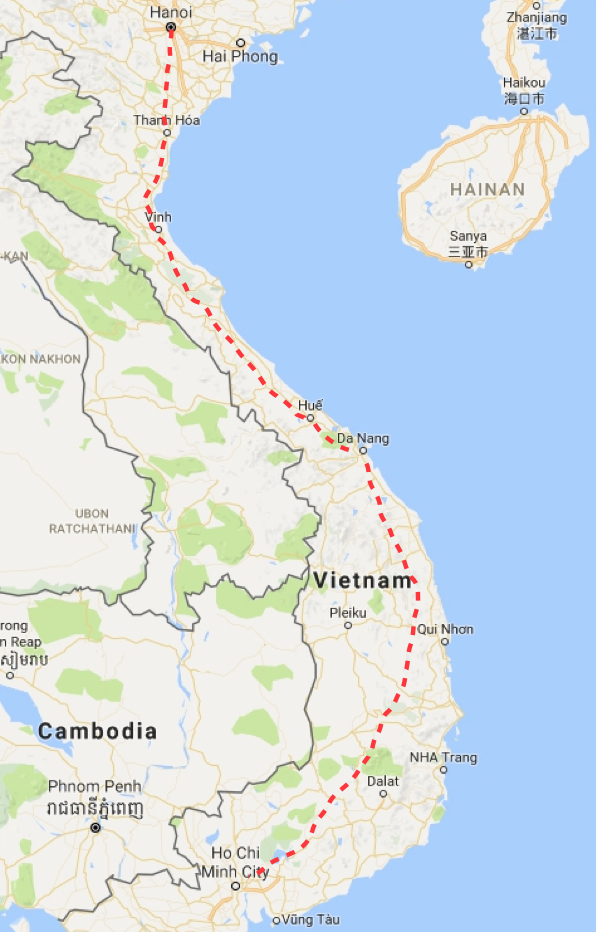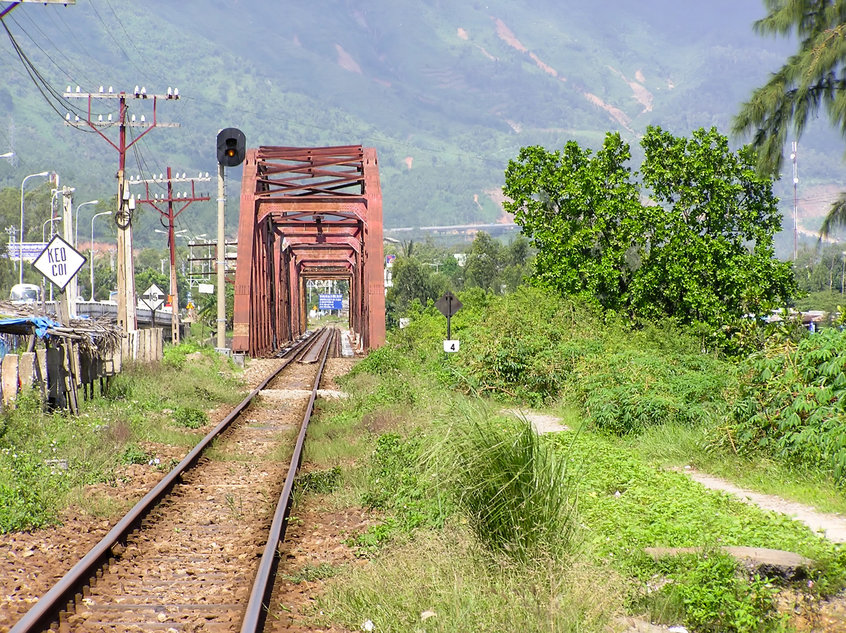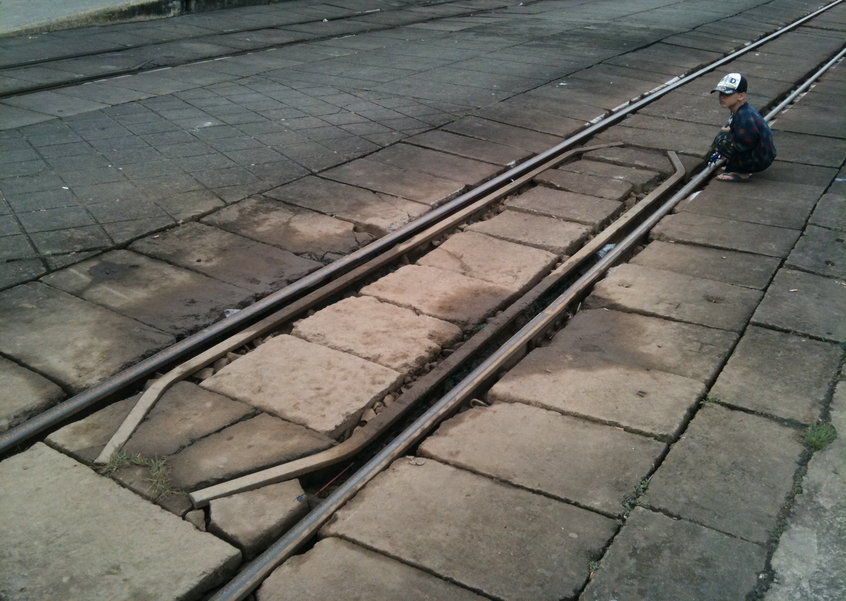Vietnam is once more considering the construction of a standard-gauge high-speed rail link running the entire length of its coastal lowlands to connect Hanoi and Ho Chi Minh City.

Trains could eventually speed between the two cities, 1,137km apart by air, at 350km/h. Route shown is approximate only (GCR/Google Maps)
Rejected before as prohibitively expensive, the railway would link the country’s two main cities, which are 1,137km apart as the crow flies, and would provide an alternative to the slow, rickety and dangerous line the Vietnamese use now.
Last month the government said a pre-feasibility study will analyse the effects of the line on Vietnam’s economy and its ability to pay for it, and would suggest a timetable for the work.
Deputy transport minister Nguyen Ngoc Dong said the study would be finished in the next two years. If it is approved by the National Assembly, the ministry will begin to mobilise funds for the project.
Doan Duy Hoach, deputy general director of the Vietnam Railways Corporation, told the Vietnam Bridge news website that the present system was inadequate for the country’s needs.
Vietnam’s main north-south line is a 1,726km single-track metre-gauge system.
Hoach said there were 300 weak bridges on the existing north-south railway, restricting the weight that freight trains could haul and cutting their speed to 50 km/h. “Railways can carry large volumes of cargo for a long distance with high safety, but to meet the needs of the people, the speed of passenger trains must be increased to over 100 km/h,” he said.
Nguyen Van Thanh, chairman of the Vietnam Association of Automobile Transport, also supported the projected line. He told Vietnam Bridge: “We ought to have built a high-speed rail system decades ago but it is better late than never.”

A French-built bridge in Da Nang. Weak bridges restrict trains to 50km/h. (BluesyPete/Creative Commons)
The National Assembly considered and rejected the idea in 2010, because the estimated construction cost was $56bn. This was equivalent to 45% of Vietnam’ GDP then, and 33% now.
The rail link would be part of the emerging pan-Asian system, which would connect all southeast Asia’s capitals with China. The system has been made possible by Chinese development finance, however this may not be possible for the Vietnamese stretch: Sino-Vietnamese relations, awkward at the best of times, have been chilled by disputes in the South China Sea, and Vietnam has aligned itself diplomatically with Japan and the US.
In previous studies, Vietnam has indicated that it would look to Japan, the World Bank and the Asian Development Bank to help fund the rail project, although in the past, Japan has argued that Vietnam should delay opening a high-speed link until 2035.
A more recent dissenting opinion from within the country came from Nguyen Minh Thuyet, a former National Assembly deputy. He commented that high-speed rail would not appeal to users because of its high ticket price and lack of luggage space, and would be too expensive.
He said a better option would be to upgrade and expand the existing railway to increase capacity.

Dieu Tri rail station, on the main north-south line (Dragfyre/Creative Commons)
A joint Vietnamese-Japanese team that surveyed the system 10 years ago found that much of it required rehabilitation or replacement.
It said: “Most accidents are train crashes against vehicles and persons at level crossings by dangerous and illegal level crossings. Also derailing caused by speeding by train drivers is one common reason.
“The fundamental causes for such accidents can be ascribed to the backwardness of the railway infrastructure such as rail tracks, bridges, level crossings, signal system, and human resources.”
If the standard gauge link between Hanoi and Ho Chi Minh City goes ahead, it will probably begin in 2020 and be complete around 2030, when the trains it carries will have a speed of up to 200km/h, rising to 350km/h after 2050.
Top image: Living dangerously: One of Hanoi’s “train streets” (Ekrem Canli/Creative Commons)
Further Reading:










